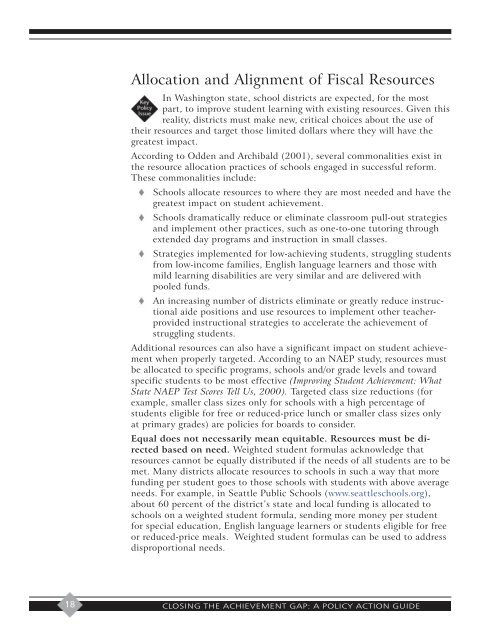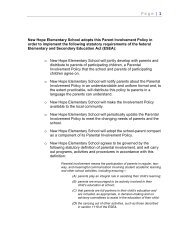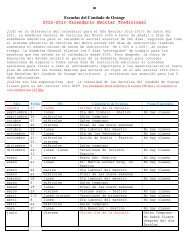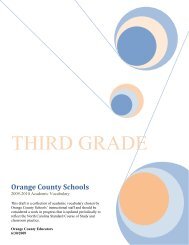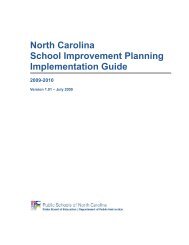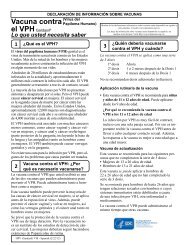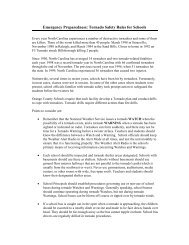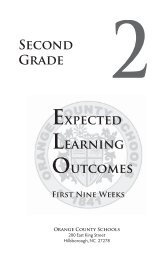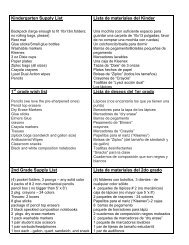Closing the Achievement Gap - Washington State School Directors ...
Closing the Achievement Gap - Washington State School Directors ...
Closing the Achievement Gap - Washington State School Directors ...
You also want an ePaper? Increase the reach of your titles
YUMPU automatically turns print PDFs into web optimized ePapers that Google loves.
Allocation and Alignment of Fiscal ResourcesIn <strong>Washington</strong> state, school districts are expected, for <strong>the</strong> mostpart, to improve student learning with existing resources. Given thisreality, districts must make new, critical choices about <strong>the</strong> use of<strong>the</strong>ir resources and target those limited dollars where <strong>the</strong>y will have <strong>the</strong>greatest impact.According to Odden and Archibald (2001), several commonalities exist in<strong>the</strong> resource allocation practices of schools engaged in successful reform.These commonalities include:<strong>School</strong>s allocate resources to where <strong>the</strong>y are most needed and have <strong>the</strong>greatest impact on student achievement.<strong>School</strong>s dramatically reduce or eliminate classroom pull-out strategiesand implement o<strong>the</strong>r practices, such as one-to-one tutoring throughextended day programs and instruction in small classes.Strategies implemented for low-achieving students, struggling studentsfrom low-income families, English language learners and those withmild learning disabilities are very similar and are delivered withpooled funds.An increasing number of districts eliminate or greatly reduce instructionalaide positions and use resources to implement o<strong>the</strong>r teacherprovidedinstructional strategies to accelerate <strong>the</strong> achievement ofstruggling students.Additional resources can also have a significant impact on student achievementwhen properly targeted. According to an NAEP study, resources mustbe allocated to specific programs, schools and/or grade levels and towardspecific students to be most effective (Improving Student <strong>Achievement</strong>: What<strong>State</strong> NAEP Test Scores Tell Us, 2000). Targeted class size reductions (forexample, smaller class sizes only for schools with a high percentage ofstudents eligible for free or reduced-price lunch or smaller class sizes onlyat primary grades) are policies for boards to consider.Equal does not necessarily mean equitable. Resources must be directedbased on need. Weighted student formulas acknowledge thatresources cannot be equally distributed if <strong>the</strong> needs of all students are to bemet. Many districts allocate resources to schools in such a way that morefunding per student goes to those schools with students with above averageneeds. For example, in Seattle Public <strong>School</strong>s (www.seattleschools.org),about 60 percent of <strong>the</strong> district’s state and local funding is allocated toschools on a weighted student formula, sending more money per studentfor special education, English language learners or students eligible for freeor reduced-price meals. Weighted student formulas can be used to addressdisproportional needs.18CLOSING THE ACHIEVEMENT GAP: A POLICY ACTION GUIDE


